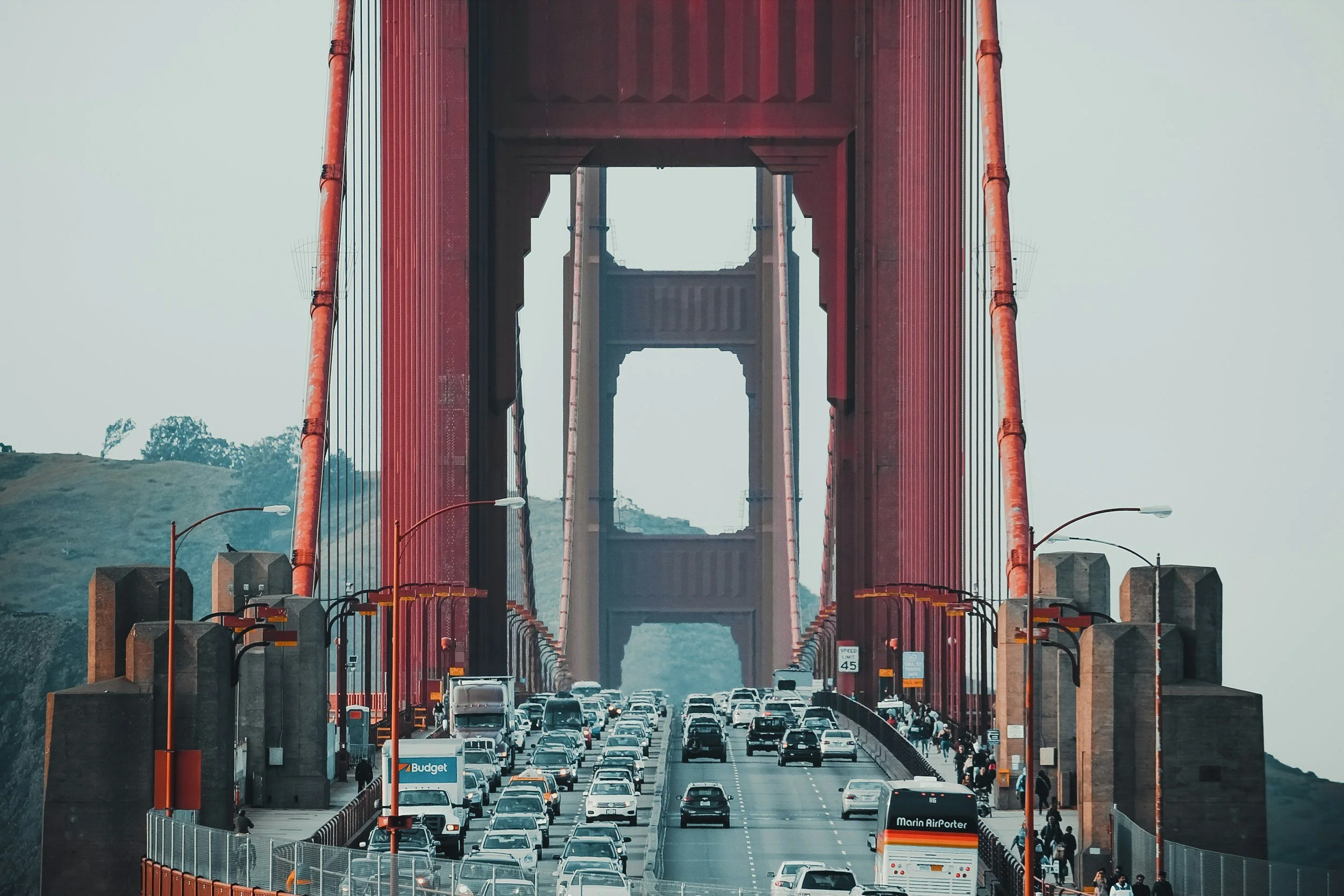Improving Urban Traffic Management with the Versatility of Removable Bollards
By PAGE Editor
Efficient traffic management is a top concern for city planners and developers. Removable bollards have become a key tool for controlling traffic flow and ensuring pedestrian safety. Their flexibility in adjusting to traffic conditions, from daily congestion to large events, makes them especially valuable as cities become more crowded.
Unlike traditional methods, removable bollards offer both permanence and adaptability. They not only control vehicle access but also improve public safety, support economic growth, and promote sustainable urban development. Here we’ll explore their design, functionality, and broader impact, showing how they play a vital role in modern traffic management and urban planning.
The Design and Functionality of Removable Bollards
Removable bollards offer a flexible and effective way to control traffic, making them ideal for a variety of scenarios such as managing access for large events, emergency rerouting, or accommodating temporary construction zones. These bollards are invaluable to city planners because they allow quick transitions between open and restricted roadways without requiring permanent changes to infrastructure.
This flexibility is especially important in busy urban environments where traffic needs frequently shift. They can be easily integrated into existing traffic systems, enabling rapid deployment and removal as needed. Additionally, removable bollards help ensure public safety, minimize disruptions, and provide an adaptable solution for both planned and unexpected situations where static barriers would be impractical.
Regulating Traffic Flow with Removable Bollards
Removable bollards provide a flexible and efficient way to control traffic, making them useful for various situations. Whether for managing access during events, redirecting vehicles in emergencies, or allowing for temporary roadwork, these bollards are an essential tool for city planners. Their quick transition between open and restricted roads gives cities the flexibility to handle traffic changes without permanent infrastructure.
This adaptability is key in today’s world, where traffic needs constantly shift. They fit easily into existing systems, allowing for fast setup and removal, ensuring minimal disruption while maximizing safety for both routine and unexpected scenarios.
Improving Public Safety and Security
Removable bollards are essential in public safety by creating a physical barrier where pedestrian zones meet vehicle traffic, offering protection from potential accidents. Strategically placed in busy city areas, they safeguard pedestrians from traffic risks, creating safer spaces for people to walk, gather, or shop. Their flexible design allows city planners to quickly adjust traffic patterns for events like festivals, markets, or emergencies, ensuring public safety without causing major disruptions to daily activities.
This adaptability supports dynamic urban planning, enabling cities to respond to changing needs and maintain the balance between security and accessibility. With their sleek yet durable construction, removable bollards blend into the urban scene while reinforcing safety. They are an essential component of modern urban strategies, balancing the need for mobility and convenience with the important task of protecting citizens and preserving public spaces.
Economic and Practical Benefits
One key benefit of removable bollards is their cost-effectiveness, as they eliminate the need for permanent road changes. These adaptable structures help cities save money on long-term infrastructure projects. In urban areas, public spaces, and commercial districts, removable bollards provide a practical, low-cost option for managing traffic. Their temporary nature allows for easy repositioning and reuse, making them both eco-friendly and budget-friendly.
They also reduce disruptions from permanent constructions, offering a flexible and efficient solution for changing traffic needs. Whether for seasonal events or construction, removable bollards give cities a versatile way to manage mobility efficiently.
Environmental and Aesthetic Considerations
Removable bollards improve both functionality and environmental impact in urban planning. By reducing the need for large-scale infrastructure changes, they support greener transportation efforts. This minimizes heavy construction, lowers carbon emissions, and helps preserve natural terrain, aligning with sustainable city goals. Their designs also blend smoothly into different cityscapes, maintaining the aesthetic appeal of urban areas without disrupting the visual flow.
From pedestrian zones to busy commercial districts, these bollards provide traffic control while keeping the city visually attractive. They offer a balanced approach to urban development, combining practicality with sustainability and aesthetics to make cities more livable.
Removable bollards offer cities a flexible, cost-effective, and environmentally friendly solution for traffic management. Their ability to quickly adapt to changing urban conditions ensures pedestrian safety while maintaining efficient vehicle flow. By eliminating the need for permanent infrastructure changes, these bollards reduce environmental impact and improve the visual appeal of urban spaces. Their versatility supports both routine traffic control and special events, making them an essential tool for modern city planning. Overall, removable bollards provide a practical balance between functionality, safety, and sustainability, contributing to more dynamic and livable urban environments.
HOW DO YOU FEEL ABOUT FASHION?
COMMENT OR TAKE OUR PAGE READER SURVEY
Featured









Topicals makes its first-ever collaboration debut with Billionaire Boys Club, reimagining its cult-favorite, Sephora No. 1 Faded Under Eye Masks in a limited-edition space-blue design that merges streetwear culture, community, and clinically backed skincare.